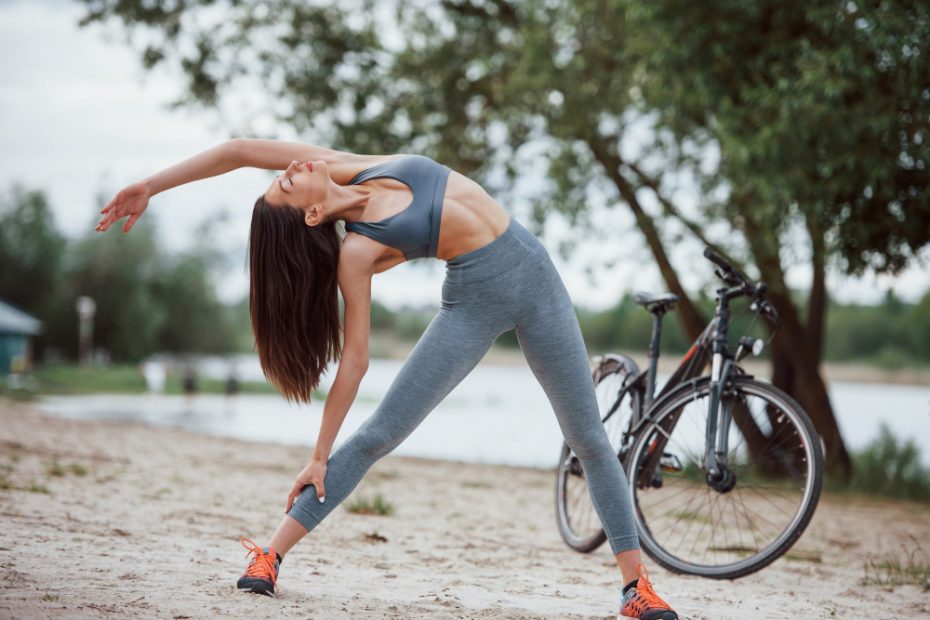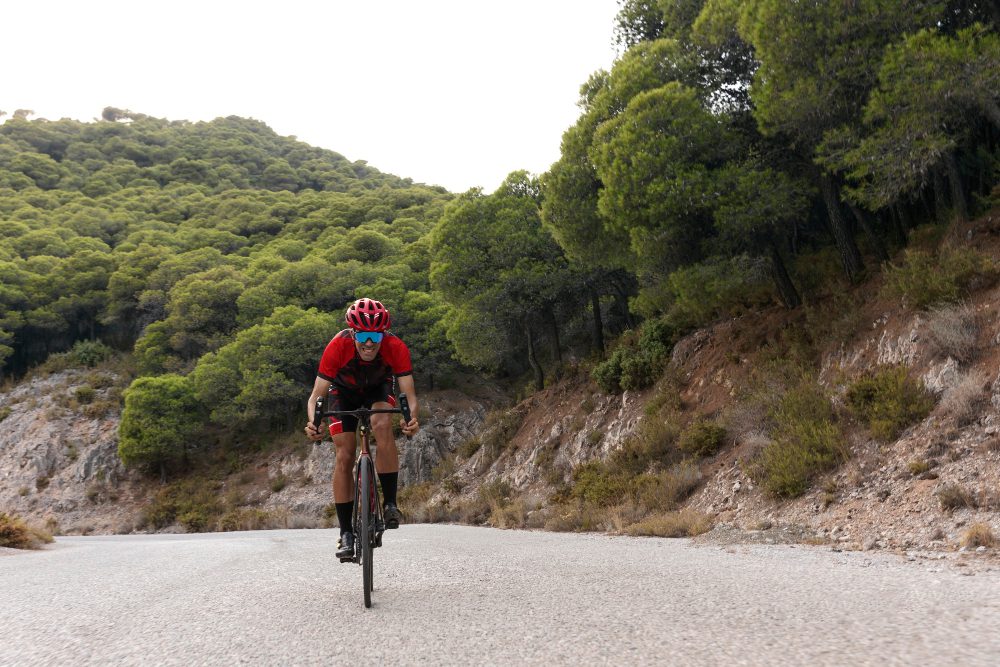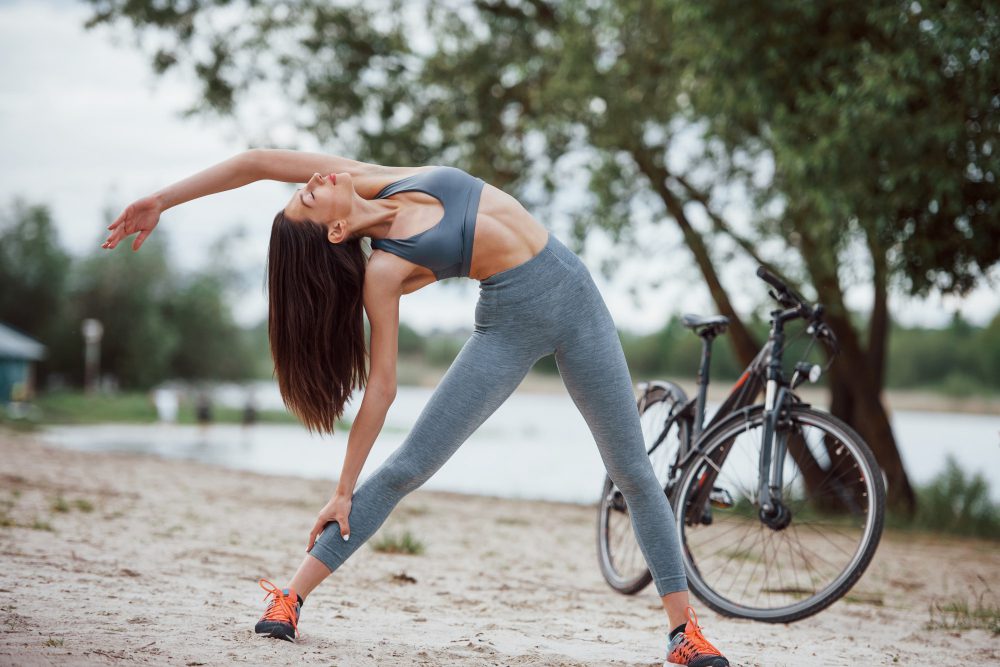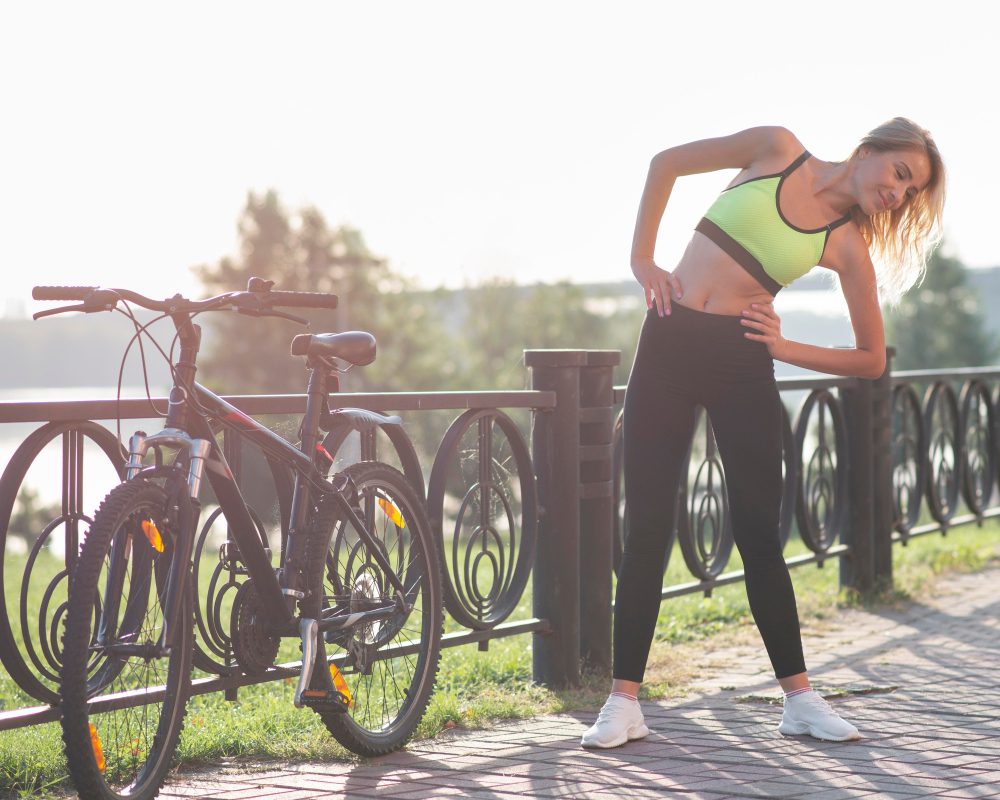Is it important to stretch before cycling?
Introduction
Cycling has become a popular recreational activity and mode of transportation in the UK. Whether you are a professional cyclist or someone who enjoys leisurely rides, understanding the importance of stretching before cycling can significantly enhance your performance and reduce the risk of injuries.
The Benefits of Stretching
Stretching plays a crucial role in preparing your body for physical activity. It helps increase blood flow to the muscles, improving their flexibility and range of motion. By stretching before cycling, you warm up your muscles and prepare them for the demands of the exercise, reducing the chances of strains or pulls.
Stretching to Prevent Injuries
One of the primary reasons to stretch before cycling is injury prevention. Cycling involves repetitive movements that can put strain on certain muscles and joints such as the knees and lower back. Regular stretching before a ride can help alleviate muscle imbalances, improve posture, and prevent overuse injuries.
A study conducted by the Journal of Science and Medicine in Sport found that cyclists who performed a dynamic warm-up routine that included stretching had a lower incidence of musculoskeletal injuries compared to those who did not stretch.
Types of Stretches
There are two main types of stretches that you can incorporate into your pre-cycling routine: dynamic and static stretches.
Dynamic Stretches
- Lunges
- Leg swings
- Arm circles
- High knees
Dynamic stretches involve continuous movement, mimicking the motions you will perform during cycling. These stretches help warm up your muscles, increase blood flow, and improve flexibility.
Static Stretches
- Hamstring stretch
- Quadriceps stretch
- Calf stretch
- Triceps stretch
Static stretches are held in a comfortable position for a certain amount of time. They help improve muscle flexibility and overall range of motion, reducing the risk of muscle strains during cycling.
Stretching Guidelines
It’s important to remember a few guidelines when incorporating stretching into your pre-cycling routine:
“Hold each stretch for 15-30 seconds without bouncing.”
“Focus on major muscle groups used in cycling, such as the legs, hips, back, and arms.”
“Breathe deeply and relax into each stretch.”
“Avoid overstretching or pushing beyond your comfort zone.”
“Combine stretching with a proper warm-up, such as light cardio exercises.”
How long should you stretch before cycling?
Stretching is an essential part of any exercise routine, including cycling. However, the question remains: how long should you stretch before getting on your bike? The answer may vary depending on individual preferences and needs, but here are some general guidelines to consider.
The importance of stretching
Before delving into the duration of your pre-cycling stretches, it is important to understand why stretching is important for cyclists. Stretching helps improve flexibility, increases range of motion, and enhances muscle coordination. It also reduces the risk of injuries by preparing your muscles for the demands of cycling.
Dynamic versus static stretching
When it comes to stretching before cycling, dynamic stretching is generally preferred over static stretching. Dynamic stretching involves active movements that mimic the actions you will be performing during your ride. This type of stretching helps warm up your muscles and improves blood flow, making it ideal for preparing your body for cycling.
Recommended duration
As a general guideline, aim to spend around 5-10 minutes on dynamic stretching before you hop onto your bike. This timeframe allows you to actively engage your muscles and prepare them for the upcoming physical activity without tiring them out.
Some examples of dynamic stretches you might include in your pre-cycling routine:
- Marching in place
- Leg swings
- Arm circles
- Lunges
- High knees
Remember, it’s crucial to listen to your body and adapt your stretching routine based on your individual needs and physical condition.
On the other hand, static stretching, where you hold stretches for longer periods without movement, is more suitable for post-cycling cool-downs. Static stretching helps with muscle recovery and relaxation.
It’s important to note that the recommended duration mentioned above is just a starting point. If you have specific areas of tightness or previous injuries, you may need to spend more time on targeted stretches for those areas.
Ultimately, finding the right balance for your pre-cycling stretching routine will depend on your preferences, time constraints, and personal comfort. Remember to warm up your muscles, engage in dynamic stretches, and listen to your body’s needs to optimize your cycling experience.



